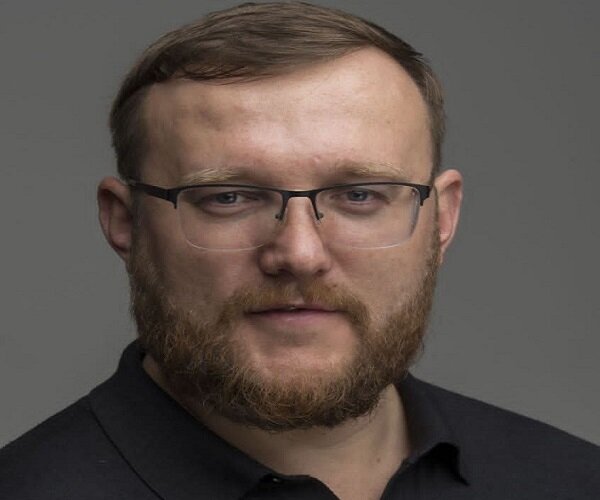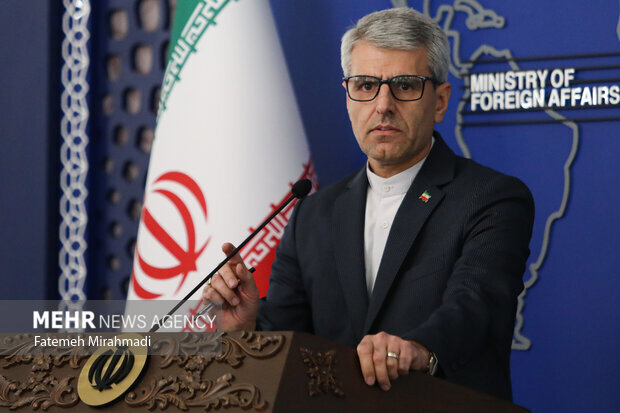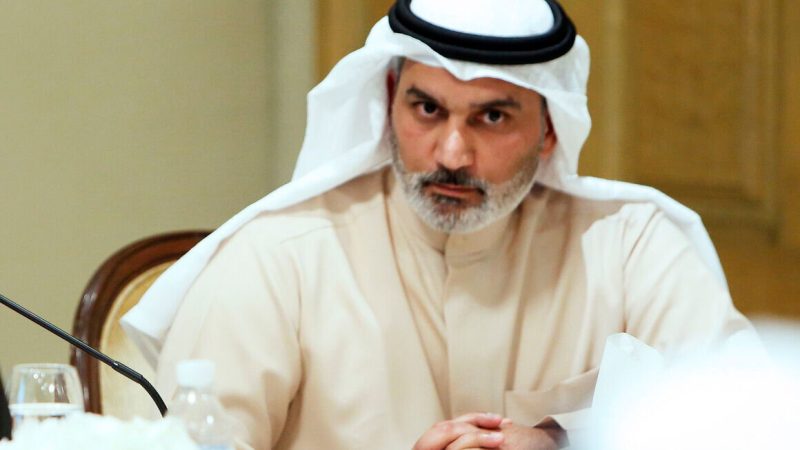The following is the full text of Andrei Bodrov’s article for Mehr News Agency,
Two centuries ago, Carl von Clausewitz stated, “War is the continuation of politics by other means”. Since then, much has changed in this world. Today, the political behavior of global players is the continuation of war—a war waged through the methods of the modern era, in the realm of ideas, economic competition, and cyberspace. Yet the goals remain the same: securing economic and political influence in a world that, not long ago, Fukuyama believed had frozen in its final form.
The deepening transition of global economies to the «Fourth Industrial Revolution», dominated by advanced computing technologies and new energy systems, has shifted traditional power poles across various spheres—from demographics to finance. The economies of the Global South are growing at an accelerated pace, while the former world leaders, now in crisis, refuse to relinquish their positions.
If we overlay a timeline of such technological transitions with a timeline of major military conflicts, we would see that they almost coincide. During these periods, economies experience critical downturns—and our times are no exception. The world is bracing for a «global economic crisis», and the major players sense it. To survive, they seek to expand their markets and geopolitical influence. This was true when our distant ancestors transitioned from jungle life to the plains and the first attempts at agriculture—and it remains true today.
This is especially evident among social structures with imperial legacies:
– China, with its Belt and Road Initiative,
– Turkey, expanding into the Middle East,
– U.S.A., waging tariff wars,
– Russia, constructing its own macro-region of influence.
Their attempts to secure resources and strengthen positions ahead of difficult times define their interests, political tools, and clashes.
The New Great Game
– In pursuit of a “Great America,” Trump has laid claim to Greenland and the Panama Canal, waged tariff wars against China and half the world, and pressured Europe to extract technological and human resources for U.S. reindustrialization.
– Britain seeks greater control over Eastern Europe, actively interfering in Ukraine and the Middle East.
– Israel is expanding into neighboring territories.
– Russia is building a “security buffer” between itself and Europe.
– The EU is resisting Russia’s territorial and economic expansion.
These factors turn negotiations over the Ukrainian conflict into an equation with many unknowns. Today, Russia and the U.S. are not discussing Ukraine’s future but the structure of a new world order. Other key players include:
– Europe, in deep crisis, using Ukraine as a weapon against Russia and Trump’s “Great America” project.
– China, anticipating the loss of U.S. markets and moving closer to Europe—an unacceptable scenario for Washington.
– Britain, aiming to establish a sphere of influence in the Baltics, Poland, and Romania through its “Intermarium” project.
Core Interests of the Major Players
1. The U.S. Administration
– Observing the gradual collapse of the «Bretton Woods system» and failures in military control over distant regions, the U.S. seeks to build a macro-region comprising:
– U.S.
– North America (Canada, Greenland) for future Arctic expansion.
– Central America to counter China.
– The latest U.S. strategic doctrines identify «China, not Russia», as the primary threat.
– Trump’s focus is shifting to the «Indo-Pacific», making Europe less of a priority.
2. Russia
– Aims to prevent Eastern European countries from becoming Western proxies for military and economic containment.
– Seeks equal status among global powers, requiring neutrality or control over Eastern Europe today and the South Caucasus/Central Asia tomorrow.
– A key goal: lifting sanctions to boost economic growth and internal stability.
3. China
– Anticipating a conflict with the U.S. and the loss of American markets, Beijing is building logistics and cooperation infrastructure across Eurasia.
– Exploiting Europe’s energy shortages and industrial decline, China seeks to acquire European tech, replace U.S. investments, and expand into Africa.
4. The EU
– Sensing declining U.S. interest in Europe’s security, the EU is desperately seeking new tools for economic and military stability.
– Resistance from Hungary and Slovakia against Brussels’ dictates exacerbates fears.
– Britain’s meddling in Eastern Europe adds chaos to EU politics.
Three Personal Factors Influencing the Conflict
1. Trump needs to show his base tangible successes before the next election.
2. The Kremlin wants to end the conflict by establishing a new security system.
3. Zelensky’s regime is highly dependent on EU and British partners.
Three Possible Scenarios for Ukraine
1. U.S. Forces Europe to Comply
– Washington pressures the EU and UK to abandon Ukraine.
– Zelensky signs a peace deal quickly, recognizing Russia’s annexations, accepting neutrality, military cuts, and possibly federalization.
– Obstacle: Moscow may demand new Ukrainian elections, deeming Zelensky illegitimate.
2. U.S. Prioritizes Deal with Russia Over Ukraine
– The U.S. declares strategic agreements with Russia, eases sanctions, and cuts aid to Ukraine.
– Ukrainian forces exhaust their Western-supplied weapons in 1-2 months, leading to collapse.
– Russia seizes more territory, forcing full capitulation or harsher peace terms.
3. U.S. Disengages, Europe Prolongs the War
– Negotiations stall; the EU and UK continue supporting Ukraine.
– But Europe’s limited arms and Ukraine’s depleting manpower only delay Scenario #2.
– Most dangerous outcome: Ukraine suffers catastrophic losses, cities and infrastructure are destroyed, and western regions may hold plebiscites to join Poland or Romania.
The Hidden Danger of Scenario #3
Against the background of military defeats over a long period of time, Ukraine’s military and politicians may expand practices that destabilize other regions. Thus, the facts of the resale of weapons supplied by the West into the hands of criminal and terrorist groups, which have been repeatedly noted by foreign analysts and special services officers, can become a widespread way to secure a “golden parachute” for a number of officials and military personnel before fleeing the country. Interpol Commissioner General Jurgen Stock and a number of security experts have spoken about the fact that weapons supplied to Ukraine end up on the black market. The fact that the Ukrainian military is reselling weapons from the West was confirmed even by representatives of the Security Service of Ukraine—they recorded the bidding of one of the colonels of the Ukrainian Armed Forces with their opponent, Russian officers, who were being sold American missiles. Also, the press has repeatedly mentioned that weapons from Ukraine appeared on the arms markets in Turkey, Syria and other regions.
This situation can lead to an increase in the degree of terrorist threats around the world, the development of conflicts in areas with unstable situations, and more and more victims in ongoing conflicts.
Conclusion
- The most likely scenario today is scenario No. 1. Despite the statements of the White House, the Trump administration continues its efforts on the negotiating track. From our point of view, this is the only scenario in which all sides of the process have the least to lose.
- The breakdown of the negotiation process threatens to increase tensions in Europe, the Middle East and the South Caucasus. The international community should make every effort to prevent the implementation of scenario No. 3, which is the second most likely.
- The Ukrainian conflict is no longer just about Ukraine—it is a battle for the future world order. The choices made now will determine whether the outcome is a negotiated realignment or a protracted collapse with global consequences.
MNA/







